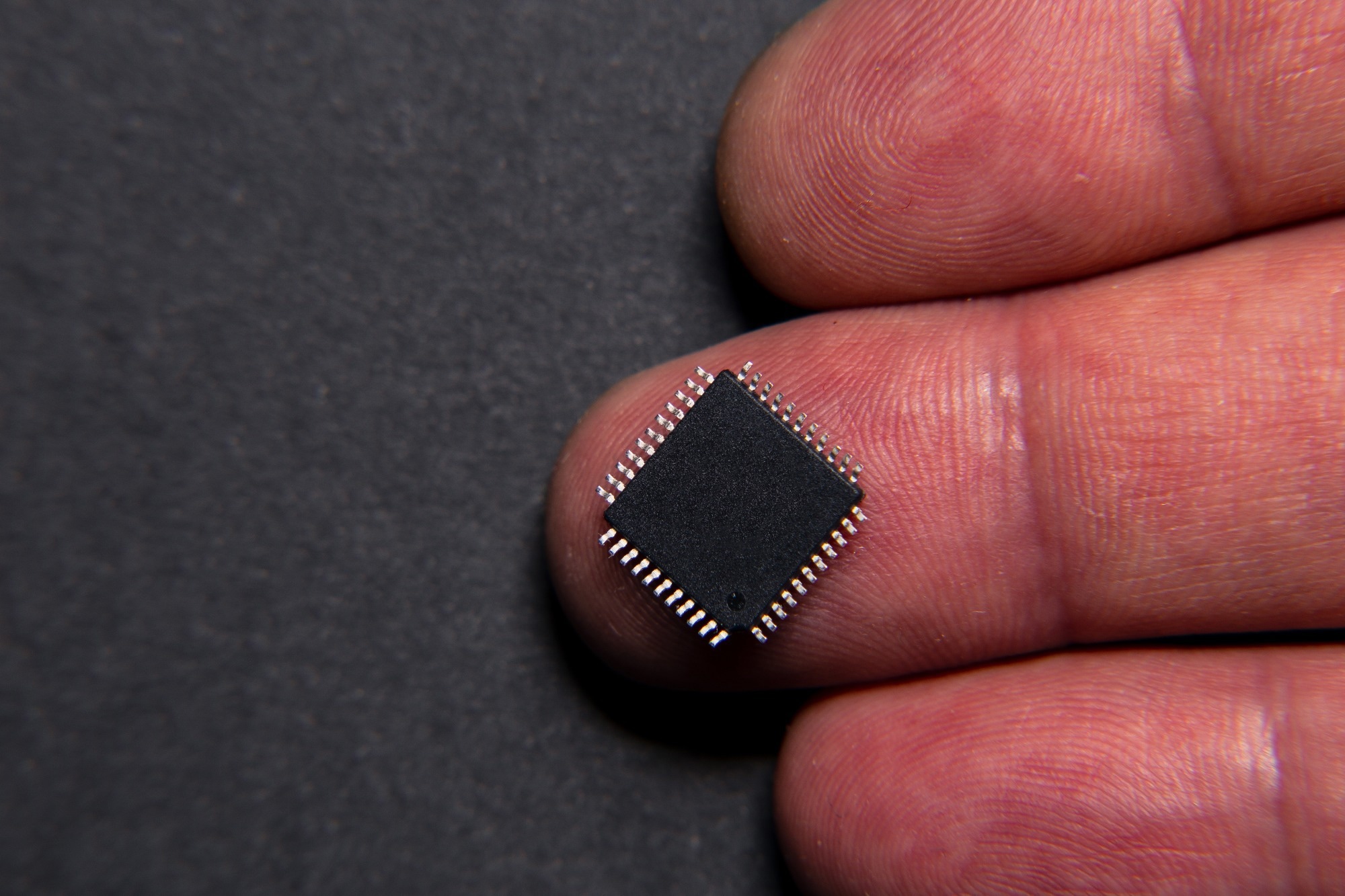In a recent study published in the journal Biomimetics, a team of researchers from China introduced a new miniature quadrupedal piezoelectric robot named Small Modular Robot-O (SMR-O). This robot demonstrates swift and agile movements thanks to its cutting-edge spatial parallel mechanism used in its transmission system. Additionally, the researchers employed an innovative manufacturing technique for piezoelectric actuators, significantly boosting their performance.
 Study: SMR-O: Advancing Miniature Quadrupedal Piezoelectric Robots. Image Credit: Andre Boukreev/Shutterstock.com
Study: SMR-O: Advancing Miniature Quadrupedal Piezoelectric Robots. Image Credit: Andre Boukreev/Shutterstock.com
Background
Miniature robots, defined as robots with a size less than 10 cm, have attracted considerable attention in various fields, including search and rescue, medical diagnostics, exploration, and fault detection in narrow environments.
Piezoelectric elements have emerged as popular actuators for these robots due to their rapid response, high power density, and immunity to electromagnetic interference. However, the motion performance of miniature robots can be affected by factors such as actuator design, transmission mechanism, exoskeleton structure, and control methods.
About the Research
In this study, the authors introduced the SMR-O miniature quadrupedal piezoelectric robot, consisting of powertrains, exoskeletons, eight piezoelectric actuators, and four legs. The robot incorporates a spatial parallel mechanism known as a parallel kinematic mechanism (PKM), featuring five degrees of freedom and three limbs. This configuration facilitates two degrees of freedom of motion, encompassing three rotations and two translations.
Drawing inspiration from the motion joints of insects, the PKM enables the robot to swing and lift effectively. Its gait replicates the familiar trot gait observed in insects, achieved by manipulating the phase of the drive signals to the eight actuators. This phase control enables the robot to move forward and execute turns by adjusting the phase inputs appropriately.
Furthermore, the researchers developed a novel manufacturing method for piezoelectric actuators, utilizing discrete patterned lead zirconate titanate (PZT) pieces during material stack to eliminate the need for cutting PZT with a high-power laser. The actuator's base is alumina, with the PZT alumina interface reinforced by carbon fiber.
This approach resulted in a 32 % increase in the actuator's output force compared to those using flame retardant 4 (FR-4) as the base and attachment material. FR-4 is a composite material composed of woven fiberglass cloth with an epoxy resin binder that is flame-resistant (self-extinguishing).
The transmission system of the robot underwent comprehensive modeling and analysis, leading to an optimal design of its parameters. By leveraging the powertrain model, researchers were able to fine-tune the link lengths of the transmission mechanism and the lengths of the robot's legs to maximize leg output force. Each leg of the robot can generate a maximum output force of 26 mN, which exceeds the force required for a successful trotting gait by 138 %.
Additionally, the researchers carried out detailed measurements of the actuators' output capabilities and the legs' performance. They also analyzed the frequency response of the powertrain and assessed the overall locomotion performance of the robot.
Research Findings
The outcomes showed that the presented quadrupedal piezoelectric robot achieves a peak speed of 48.66 cm/second and can carry a payload of 5.5 g when its powertrain reaches a resonant state. This represents a significant improvement in locomotion performance compared to a speed of 5.32 cm/second and a payload capacity of 2.5 g at a frequency of 10 Hz. The robot demonstrated the ability to swing and lift effectively, facilitated by its innovative spatial parallel mechanism-based transmission.
The miniature quadrupedal piezoelectric robot holds promise for diverse applications across various fields.
- Search and rescue: Capable of navigating through complex terrains and confined spaces, the robot can be equipped with sensors or cameras to locate survivors or identify hazards.
- Exploration: With its agility and adaptability, the robot can explore remote or inaccessible environments such as caves, volcanoes, or planets, facilitating data collection or sample retrieval.
- Medical diagnostics: Leveraging its compact size and maneuverability, the robot can be deployed for tasks within the human body or blood vessels, including drug delivery, tissue biopsy, or surgical procedures.
- Fault detection: Equipped with sensors and advanced mobility capabilities, the robot can inspect pipelines, wires, or structures to identify faults such as cracks, leaks, or corrosion, aiding in maintenance and repair efforts.
Conclusion
In summary, the SMR-O demonstrated remarkable effectiveness in achieving rapid and agile locomotion. Its parallel transmission mechanism and innovative manufacturing approach notably enhanced its output force and reliability.
Despite its mass of 1.8 g and compact body length of 4.6 cm, the robot exhibited impressive capabilities, reaching speeds of up to 48.66 cm/second and boasting a payload capacity of 5.5 g. The authors successfully showcased the feasibility and efficacy of the robot's design and fabrication, offering a compelling solution for the advancement of miniature robots.
Moving forward, the researchers acknowledged several limitations and challenges and suggested directions for future work. They recommended improving the control method of the robot, such as using feedback control or adaptive control, to achieve more stable and robust locomotion.
Additionally, they proposed developing more advanced sensors and power sources for the robot, such as wireless communication, vision, or energy harvesting, to enhance the autonomy and functionality of the robot. Furthermore, they emphasized exploring more complex gaits and motions for the robot, such as jumping, climbing, or swimming, to expand the scope of application of the robot.
Journal Reference
Wu, G.; Wang, Z.; Wu, Y.; Zhao, J.; Cui, F.; Zhang, Y.; Chen, W. Development and Improvement of a Piezoelectrically Driven Miniature Robot. Biomimetics 2024, 9, 226. https://doi.org/10.3390/biomimetics9040226, https://www.mdpi.com/2313-7673/9/4/226.
Disclaimer: The views expressed here are those of the author expressed in their private capacity and do not necessarily represent the views of AZoM.com Limited T/A AZoNetwork the owner and operator of this website. This disclaimer forms part of the Terms and conditions of use of this website.